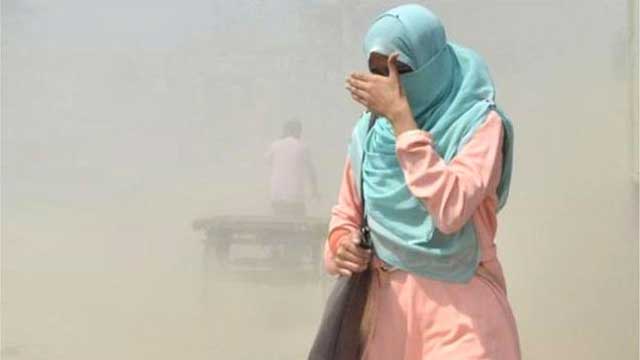The high level of air pollution in Bangladesh, which is the worst in the world, is reducing Bangladeshis' life expectancy by 6.8 years, revealed a global study.
The Energy Policy Institute at the University of Chicago released its Air Quality Life Index (AQLI) report on Tuesday.
The report said that South Asia is home to the world’s most polluted countries, with Bangladesh being the worst.
‘Bangladesh is the world’s most polluted country,’ said the report.
Fine particulate air pollution (PM2.5) shortens the average Bangladeshi resident’s life expectancy by 6.8 years, it added.
It said that Bangladesh’s air carried pollutants 14 to 16 times higher than the World Health Organisation guideline of five micrograms per cubic metre.
Even in the least polluted district of Sylhet, particulate pollution is 9.7 times the WHO PM2.5 guideline, said the report.
Pollution is higher in Dhaka and Chattogram regions, said the report, adding that people in the regions, who account for more than 45 per cent of the country’s total population, are on track to lose 7.6 years of life expectancy on average.
Some areas of Bangladesh fare much worse than average, with air pollution shortening lives by 8.3 years in Gazipur, it said.
‘If Bangladesh were to reduce particulate pollution to meet the WHO guideline, residents in Dhaka—the most populous district in Bangladesh—would gain 8.1 years of life expectancy. In Chittagong—the country’s second-most populous district—residents would gain 6.9 years,’ said the report.
The report found that particulate pollution is the second-greatest threat to human health in Bangladesh, closely followed by cardiovascular diseases.
Researchers at the university analysed satellite data collected in 2021 to measure the air quality.
Air pollution concentrations are then fed into the AQLI metric, which calculates their impact on life expectancy based on peer-reviewed methods.





